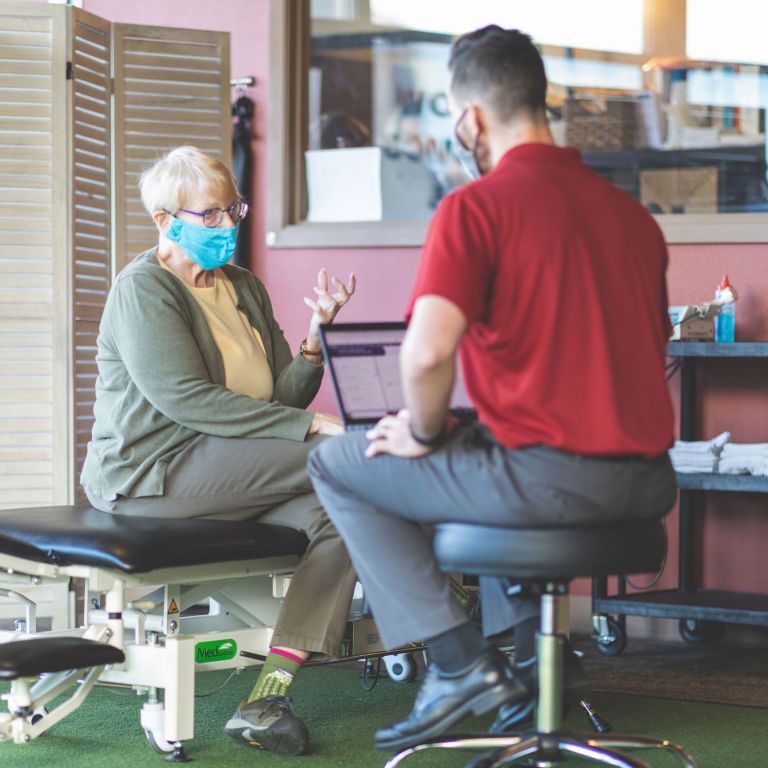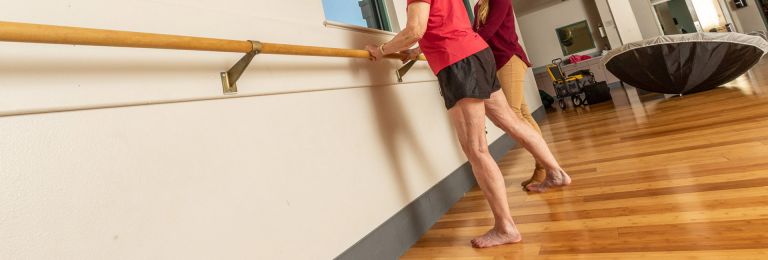Why should you be concerned about preventing falls? In active people over 65 who fall and break a hip, more than half never return to their previous level of activity. Falls are the number one cause of accidental death in adults over 65 years of age.
What causes falls?
There are many reasons why people fall – many are preventable. Sometimes medical problems or medications can cause falls. Other times, people can fall rushing to the bathroom, or tripping over cords or throw rugs. Balance problems or muscle weakness can also lead to falls.
Am I at risk of falling?
- Have you fallen in the past year?
- Are you afraid that you might fall?
- Do you frequently need to use your arms to rise from chairs?
* Answering YES to any of these questions indicates that you may be at risk for falling. If you are at risk, or you are concerned about taking the sit to stand physical test, proceed directly to the action steps to reduce your risk.
Take this test to determine your risk of falling:
For this test you will need:
- A straight-backed chair
- A stopwatch or clock with a second hand
What to do:
- Sit in the middle of the chair with your feet flat on the floor and your arms folded across your chest.
- Time yourself or have someone else time you doing the following.
- Rise to a full stand and return to a complete sitting position. Repeat as many times as you are able in 30 seconds. If you are on your way up when time is up, count that as one.

Record your fall risk score:
- 8 or less times = HIGH RISK
- 9 to 12 times = MEDIUM RISK
- 13 or more times = LOW RISK
Action steps to reduce your risk:
High Risk:
Individuals that fall within the high risk category have a higher chance of falling that could lead to injury. It is recommended that if you fall within this category, you consult with your physical therapist and/or doctor for advice and instruction to improve your strength and balance.
Medium Risk:
Individuals that fall within the medium risk category have a slightly less risk of falling, however, there is still the potential that a fall could occur. If you fall within this category, you may consider adding adding strength and balance exercises to your workout or activity routine to decrease your overall risk. Additionally, you may also consider talking with a physical therapist and/or doctor for additional guidance.
Low Risk:
Individuals that fall within the low risk category generally have a low chance of falling. We recommend adding strength and balance exercises to your workout or activity routine to keep your risk low.
How can a physical therapist help decrease my fall risk?
A physical therapist can conduct a thorough fall risk assessment. If the assessment shows that you are at risk, the therapist will perform a thorough evaluation. Based on the evaluation results, your physical therapist will design a plan that is tailored to your needs to improve your overall balance and strength.
If your fall risk score was high, or you feel working with a physical therapist would help you reduce your risk of falling, contact us today.



